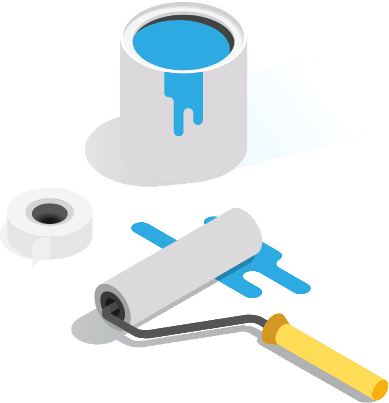
Promoted by SAVVY
Unfortunately, some of us may experience financial hardship – approximately 9% of Australians (according to an average of four reporting agencies from the Department of Social Services) have trouble repaying their mortgage or rent.
How refinancing consolidates your debts
Savvy CEO Bill Tsouvalas says that refinancing your home loan isn’t just a smart move in terms of saving money on your mortgage, but a good idea when other debts are unmanageable. “Credit card debts and personal loan debts are added to your existing home loan balance,” Tsouvalas explains. “If you owe $300,000 over 25 years on your home loan at 4% interest, that new balance becomes $310,000 with the same interest. Paying off a credit card debt of $10,000 at 18%, contributing only the minimum repayment could cost you $26,332 in interest!” The difference between paying it off within a 25 year mortgage, using the minimum mortgage repayment is $5,834. As the numbers show, it makes a huge difference to your finances.
How refinancing saves you on interest
Interest rates on smaller loan amounts can be astronomical compared to home loan interest rates. Chances are you’ve already set up monthly repayments for your credit card and mortgage at the base amounts. But what if you consolidate your credit card debt into your home loan, pay the same amount each month and reduce your overall interest? If you increase your monthly mortgage repayments in proportion to what you already pay on your credit card, it can actually pay off your mortgage sooner. “If you pay $1,000 a month on your mortgage and $200 on your credit card, increasing your overall payment to $1,200 decreases the overall interest paid on your home loan. This potentially saves you tens of thousands of dollars in interest over the life of your loan,” Tsouvalas says.
How refinancing gives you more options
If you have a “starter” home loan without any benefits such as an offset account or redraw facility, a new home loan with a better interest rate could give you access to a range of options. “Offset accounts help you reduce your overall interest paid on your home loan, as the interest paid on your savings goes toward paying off your mortgage instead,” Tsouvalas says. “Redraw facilities and lines of credit could help you and your family access credit without paying the high fees and interest rate charges of consumer credit cards, too. This is especially helpful when you have unexpected expenses come along, or if you decide to renovate and improve your home’s value.”
How refinancing helps if you have bad credit
Consolidating your outstanding smaller debts into your mortgage wipes out those debts in the eyes of financial institutions. This is helpful whether you are looking for a bad credit home loan or just refinancing. People with bad credit may have to pay more in home loan interest rates, but nowhere near as much as the interest rates on credit cards or personal loans.
“The fantastic thing about debt consolidation is that it cancels out your credit card or personal loan debt,” Tsouvalas says. “It no longer follows you around, and gets your credit history back on track quicker.” Having no recorded debts means applying for other loans - such as car loans if you need a new car as your family grows - easier.
For more information on home loan refinancing and how you can consolidate your debts, talk to one of the financial professionals at Savvy Finance today.





